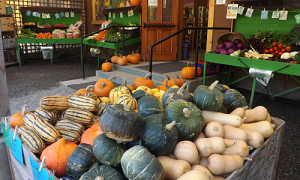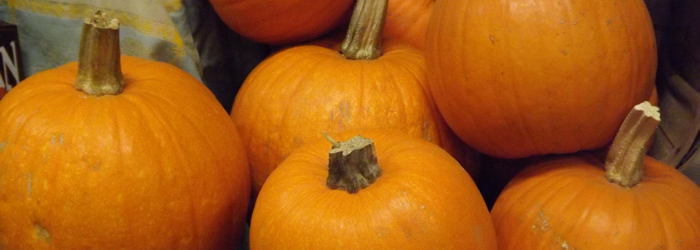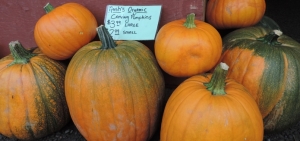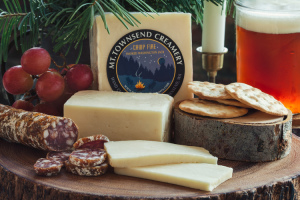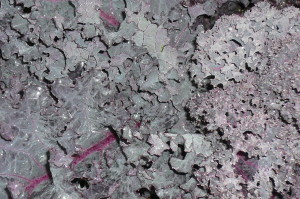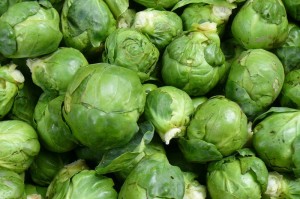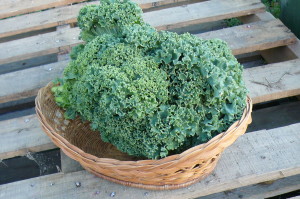
Kale only gets sweeter during the winter. Kale plants produce sugars as antifreeze, making this salad sweet as well as colorful and nutritious.
1/2 cup lemon juice
1 tablespoon vegetable oil
1 tablespoon olive oil
1 teaspoon organic sugar
1/2 teaspoon salt
1/4 teaspoon ground black pepper
1 bunch kale, cut into small bite-size pieces
1 large or 4 small tomato(s), diced
1/2 cup roasted sunflower seeds
1/2 cup dried cranberries
Whisk lemon juice, oils, sugar, salt, and black pepper in a large bowl. Add kale, tomato, sunflower seeds, and cranberries; toss to combine.
Prefer a wilted kale salad? Bring the dressing ingredients to just shy of boiling in a sauce pan. Remove from heat. Stir in the kale bits and let cool. Add the other ingredients, toss, and serve.
Have you tried this recipe? Tell us how it turned out!

